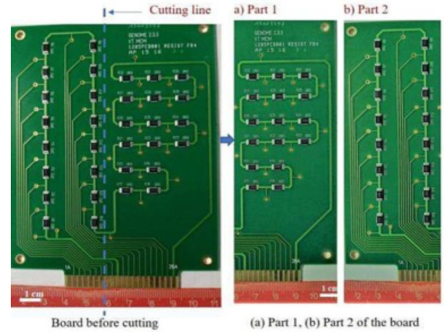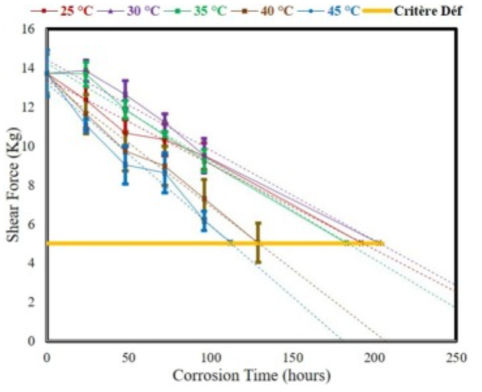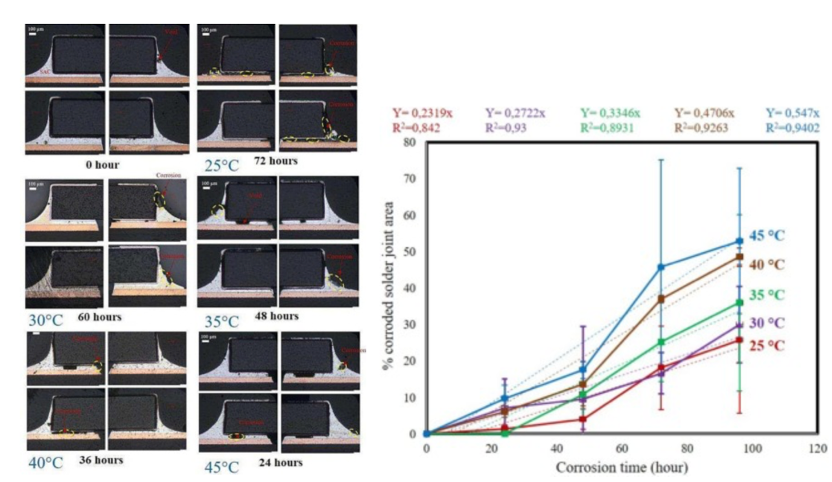Corrosion Effects of Salt Spray on SAC305 Solder_Shenzhen Fitech

Corrosion Effecs t of Salt Spray on SAC305 Solder_Shenzhen Fitech
Electronic products are used in a variety of environments, which requires them to have good reliability in different environments. The reliability of electronic products is reflected in the solder joints. Solder joints with low reliability are easily weakened by temperature, humidity, stress, and other factors, eventually leading to damage to electronic components. Currently, the solder joint reliability can be evaluated by thermal cycling test, isothermal aging test, drop test, shear test, salt spray test, etc. This article mainly introduces the performance of SAC305 solder joints in salt spray tests. 5% NaCl is usually used in the salt spray test. This concentration of NaCl will cause continuous corrosion of the solder joints.
To study how SAC305 solder is corroded by 5% NaCl, Akoda et al. (2023) printed SAC305 solder on a test board. Resistors 1210 were soldered to the test board. The surface finish of the Cu pad is ENIG. The test plate was cut into two parts, the first part was used for shear test, and the second part was placed into a salt spray chamber.

Figure 1. Appearance of the test board.
Experimental results
Before the salt spray test, the values of all resistors were about 0.8Ω±0.2. After testing at 25°C for 24h, the resistance value was still close to the initial value and showed little change after 96 hours. In addition, under the conditions of 30°C, 35°C, 40°C and 45°C, the resistance did not change after 96h. Therefore, there was no measurable electrical failure in the test board resistors.
As shown in Figure 2, the shear strength of the SAC305 solder joints changed significantly after the salt spray test. The shear strength of solder joints decreased with increasing corrosion time, and the shear strength decreased significantly with increasing testing temperature. The yellow line in the figure corresponds to the failure criterion of 5 kgF defined by the standard. It can be found that when the temperature increased from 25°C to 45°C, mechanical failure occurred during the corrosion process.

Figure 2. Resistor shear force after salt spray test.
In the salt spray test, the SAC305 solder joint began to show obvious corrosion areas after being placed at 25°C for 72h, and the corrosion area expanded to more than 20% after 100h. The solder joints began to show obvious corrosion after being placed at 30°C for 60 hours, and the corrosion area approached 30% after 100h. As the temperature further increased to 45°C, a large amount of corrosion occurred in the solder joints after 24h and half of the solder joint area was corroded after 100h.

Figure 3. Relationship between resistor corrosion area and salt spray test temperature.
Reference
Akoda, K.E., Guedon-Gracia, A., Deletage, J.Y., Plano, B. & Fremont, H (2023). Dynamics of corrosion on mechanical and electrical reliability of SAC305 solder joints during salt spray test. Microelectronics Reliability, vol.148.

















 Back to list
Back to list



